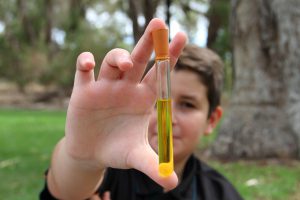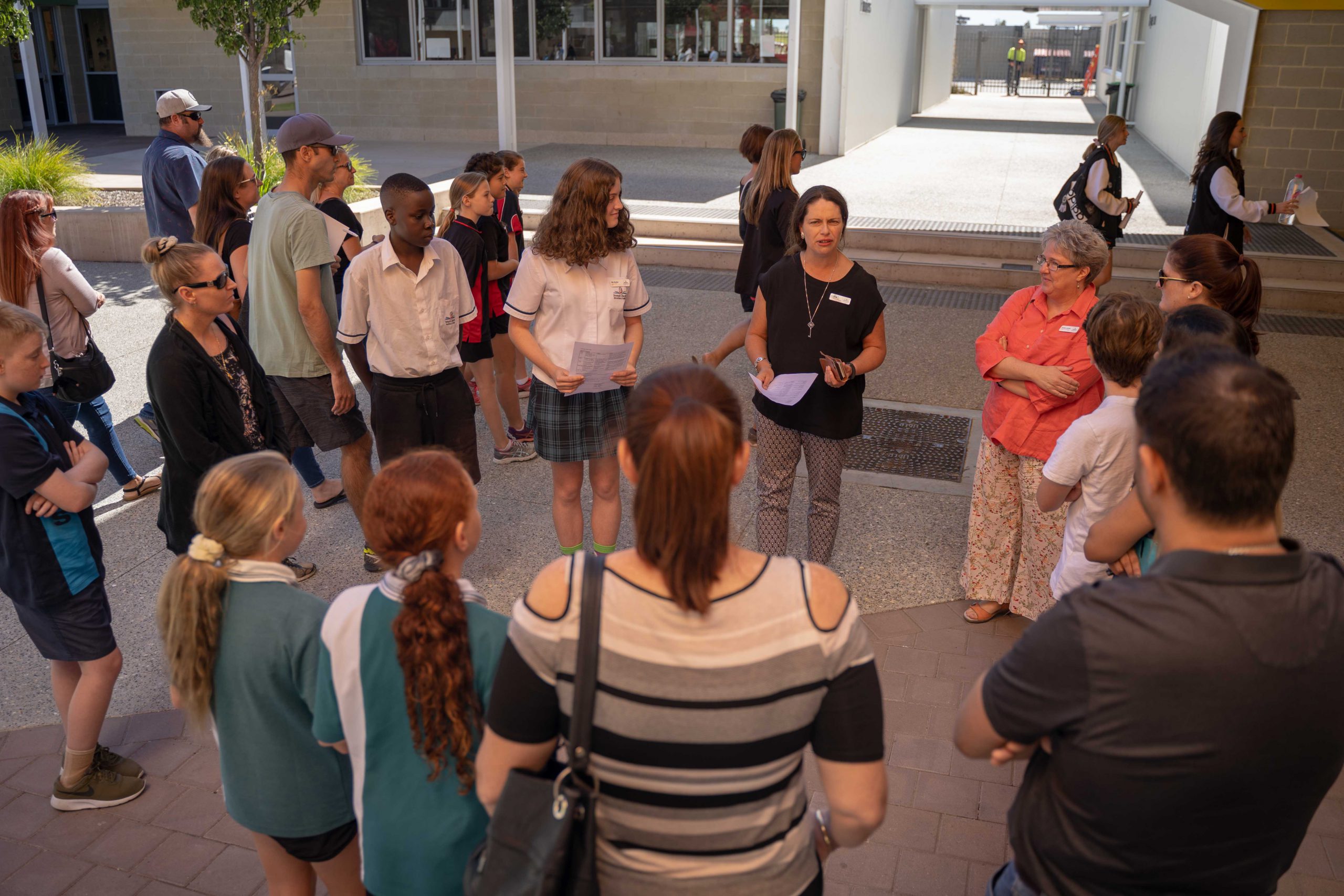Mathematics Applications (ATAR)
Course Code: AEMAA/ATMAA
Domain: Maths
Timetable: Semester 1 and 2
Length of Course: 2 Years
Unit Information
Mathematics is the study of order, relation and pattern. From its origins in counting and measuring, it has
evolved in highly sophisticated and elegant ways to become the language now used to describe many
aspects of the world in the twenty-first century. Statistics are concerned with collecting, analysing, modelling
and interpreting data in order to investigate and understand real world phenomena and solve practical
problems in context. Together, mathematics and statistics provide a framework for thinking and a means of
communication that is powerful, logical, concise and precise.
The Mathematics Applications ATAR course is designed for students who want to extend their mathematical
skills beyond Year 10 level but whose future studies or employment pathways do not require knowledge of
calculus. The course is designed for students who have a wide range of educational and employment
aspirations, including continuing their studies at university or TAFE.
The proficiency strands of the Year 7–10 curriculum – Understanding, Fluency, Problem-solving and
Reasoning – continue to be relevant and are inherent in all aspects of this course. Each of these proficiencies
is essential and are mutually reinforcing. Fluency, for example, might include learning to perform routine
calculations efficiently and accurately, or being able to recognise quickly from a problem description the
appropriate mathematical process or model to apply. Understanding that a single mathematical process can
be used in seemingly different situations helps students to see the connections between different areas of
study and encourages the transfer of learning. This is an important part of learning the art of mathematical
problem-solving. In performing such analyses, reasoning is required at each decision-making step and in
drawing appropriate conclusions. Presenting the analysis in a logical and clear manner to explain the
reasoning used is also an integral part of the learning process.
Throughout the course, there is an emphasis on the use and application of digital technologies.
Year 11
Unit One
This unit has three topics: ‘Consumer arithmetic’, ‘Algebra and matrices’, and ‘Shape and measurement’.
‘Consumer arithmetic’ reviews the concepts of rate and percentage change in the context of earning and
managing money and provides a fertile ground for the use of spread sheets.
‘Algebra and matrices’ continues the Year 7–10 curriculum study of algebra and introduces the topic of
matrices. The emphasis of this topic is the symbolic representation and manipulation of information from
real-life contexts using algebra and matrices.
‘Shape and measurement’ builds on and extends the knowledge and skills students developed in the
Year 7–10 curriculum with the concept of similarity and associated calculations involving simple geometric
shapes. The emphasis in this topic is on applying these skills in a range of practical contexts, including those
involving three-dimensional shapes.
Unit Two
This unit has three topics: ‘Univariate data analysis and the statistical process’, ‘Linear equations and their
graphs’, and ‘Applications of trigonometry’.
‘Univariate data analysis and the statistical process’ develops students’ ability to organise and summarise
univariate data in the context of conducting a statistical investigation.
‘Linear equations and their graphs’ uses linear equations and straight-line graphs, as well as linear-piecewise and step graphs to model and analyse practical situations.
‘Applications of trigonometry’ extends students’ knowledge of trigonometry to solve practical problems
involving non-right- angled triangles in both two and three dimensions, including problems involving the use
of angles of elevation and depression and bearings in navigation.
Year 12
Unit Three
This unit has three topics: ‘Bivariate data analysis’, ‘Growth and decay in sequences’, and ‘Graphs and
networks’.
‘Bivariate data analysis’ introduces students to some methods for identifying, analysing and describing
associations between pairs of variables, including the use of the least-squares method as a tool for modelling
and analysing linear associations. The content is to be taught within the framework of the statistical
investigation process.
‘Growth and decay in sequences’ employs recursion to generate sequences that can be used to model and
investigate patterns of growth and decay in discrete situations. These sequences find application in a wide
range of practical situations, including modelling the growth of a compound interest investment, the growth
of a bacterial population, or the decrease in the value of a car over time. Sequences are also essential to
understanding the patterns of growth and decay in loans and investments that are studied in detail in Unit 4.
‘Graphs and networks’ introduces students to the language of graphs and the ways in which graphs,
represented as a collection of points and interconnecting lines, can be used to model and analyse everyday
situations, such as a rail or social network.
Unit Four
This unit has three topics: ‘Time series analysis’, ‘Loans, investments and annuities’, and ‘Networks and
decision mathematics’.
‘Time series analysis’ continues students’ study of statistics by introducing them to the concepts and
techniques of time series analysis. The content is to be taught within the framework of the statistical
investigation process.
‘Loans investments and annuities’ aims to provide students with sufficient knowledge of financial
mathematics to solve practical problems associated with taking out or refinancing a mortgage and making
investments.
‘Networks and decision mathematics’ uses networks to model and aid decision making in practical situations.
Pathway Information
Tertiary
Workforce
Students undertaking this course may wish to consider tertiary studies in:
- Bachelor of Science
- Bachelor of Commerce
This course suits direct workforce entry into the following:
- Insurance Agent
- Laboratory Worker
Additional Information
Estimated Charges: $60 per year



